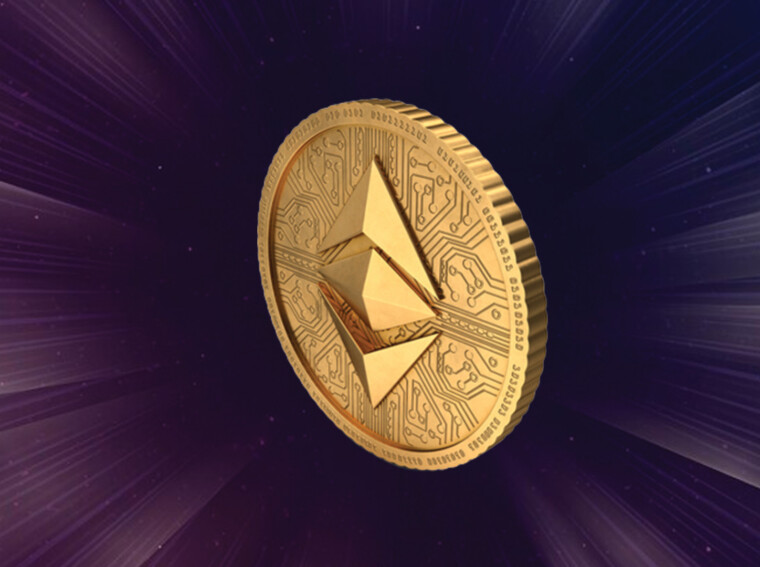- An achievement in improving blockchain scalability is Ethereum’s stateless rollup.
- Via Stateless Rollup, transaction verification needs extra confirmation and data reliability.
When it comes to scalability, Ethereum’s stateless roll-up mechanism is one of the few revolutionaries. In this context, we have collected and studied multiple reports and you will explore this new result in depth and translate it into everyday language to better learn and grasp its transaction verification.
Ethereum’s Struggle With Scalability
Usually, the second position in the world of cryptocurrencies after Bitcoin has been given to Ethereum, which has been struggling with scalability issues for a long time. As the trend of Ethereum is increasing, so is the network. It is becoming packed, and transaction fees are also increasing. To learn about these challenges, inventors have been working day and night on layer 2 scaling results.
Know About Transaction Verification
Now, let’s come and talk about transaction verification within the Ethereum Stateless Rollup. In very simple words, it looks like you are making sure that you have all the pieces of a puzzle before making it complete. In this area, it means ensuring that deals are valid and secure before they’re added to the coming batch of deals. The magic of the stateless rollup happens then.
The Key Constituents of Transaction Verification
- Inclusive Evidence: For easy understanding, we just think of this as damage. When you make a transaction on the Ethereum network, additional proof is like your proof of purchase. It is important to make sure that your transaction is successful.
- Present Data: Secondly, you might be wondering, “How can I make sure all the data demanded for my transactions is available? To answer this, the challenge lies here. Since stateless rollup moves deal with the main Ethereum network to ease traffic, increasing the volume of data is crucial. Imagine you are playing a game of chess. You need to know where all the pieces are.
The Pros of Transaction Verification
- Effectiveness: Think of a crowded and bustling road. Transaction verification helps streamline business. By unpacking transaction processing to the rollup and only transferring a minimum quantum of data to the Ethereum mainnet, the network becomes more effective.
- Security: When you are making deals, you want them to be secure. Transaction verification ensures that only valid, secure deals are included in the rollup.
Challenges in the World of Transaction Verification
- Available Data: It can be a tough task to make sure that all the data is available for verification. As roll-up deals are not executed on the main Ethereum network, making sure the data is there and ready is vital. Think of it as making sure all the pieces of the cards are in place before starting your game.
- Scalability: Indeed, scalability becomes a bigger challenge. Maintaining the balance between effectiveness and security while handling a large volume of deals is an ongoing mystery that inventors are working lifelessly to break.
The Final Passage
In conclusion, the attempt for a more scalable and economical Ethereum network, Ethereum Stateless Rollup, is a keystone. The neighborhood is still upset about this novel outcome as the network develops. Stateless Rollup represents a huge advancement in Ethereum’s quest for scalability and redraws the map of blockchain technology.

